Description of scab on an apple tree and treatment of the disease
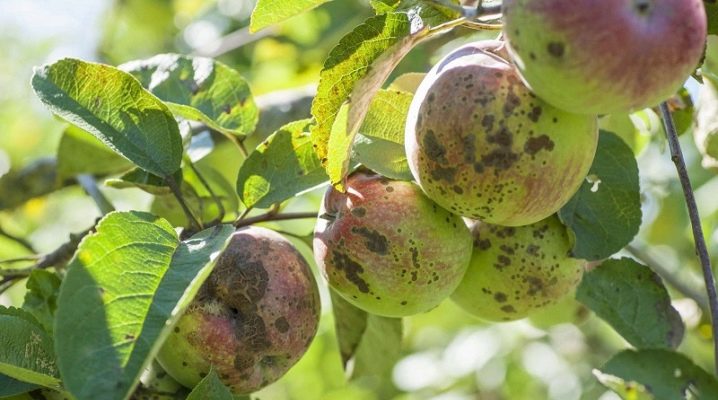
Caring for fruit and berry crops involves a large range of agrotechnical measures, including the fight against fungal infections. Scab is considered one of the most common diseases of the apple tree, if measures are not taken promptly, it can lead to significant crop losses.
To provide plants with effective protection, you should learn about the causes of the spread of scab and the first symptoms of fungal infection.
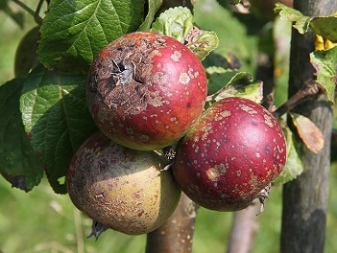
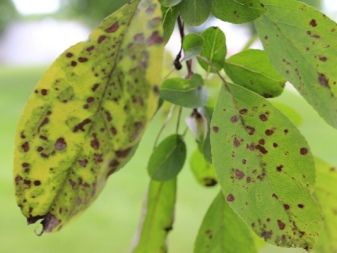
Description
Scab is a fungal infection that damages the leaf blades, leaf stalks, as well as the stalks, flowers, and even the fruit of the apple tree. It does not cause the death of the culture, but it can significantly impair the appearance of the fruits and their taste characteristics. Apples affected by this disease are worse stored. According to statistics, in the central part of our country, this disease annually takes away up to 40% of the total apple harvest, and in some periods the losses reach 80%. The causative agent of a fungal infection hibernates in dead foliage, as well as in the bark of damaged trees. With the arrival of the first spring heat, when the buds begin to swell, wind, rain and insects disperse the spores. As a result, nearby trees are infected.
Once on young leaves, the spores begin to germinate. Already at the end of spring - the first half of June, light yellow spots can be seen on the leaf blades; over time, they acquire a grayish color and become covered with a brown bloom. With a high degree of damage, the leaves turn black, after which they wither and fall off. From the leaf blades, the lesion passes to the peduncles, from them - to the ovaries and fruits. Gray round spots appear on the apples, as the fruit grows, their size increases, then the surface is covered with cracks and looks corky.
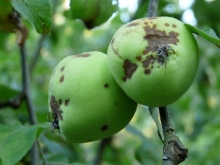
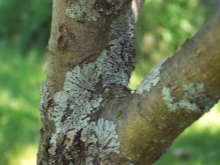

Factors favorable for the development of the scab pathogen are:
- excess air humidity - over 80%;
- frequent rains or excessive watering;
- thickening of the crown;
- low ventilation of landings;
- varietal susceptibility to infection;
- old age of plants.
The most active spread of spores occurs at the beginning of bud formation and lasts until the end of flowering of the garden plant.
The most dangerous stage is the infection of the sepals - in this case, the disease quickly spreads to the ovaries and causes them to dry out and fall off. As a result, the tree can lose all of its harvest.
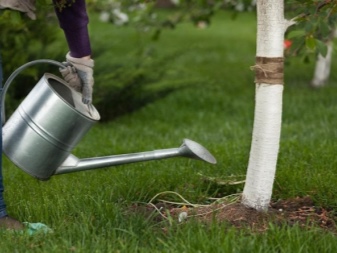
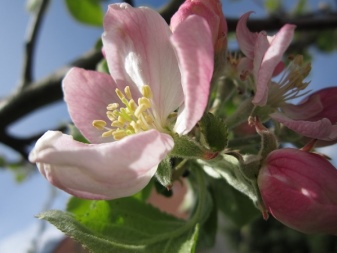
What should be treated with?
Fungicidal preparations are used to combat scab.... Manufacturers release formulations under different names, however, their active ingredients are, as a rule, common. Therefore, when choosing a remedy, it is necessary to study its composition, since with frequent use of the same reagent, the fungus simply develops resistance to it. To maximize the effectiveness of the fight against infection, experienced gardeners advise using two drugs with different active ingredients. Important! You should focus on the hazard class of the fungicide - information about this is usually indicated on the package. For garden and summer cottages, levels 3 and 4 are needed.
When treating with fungicides, the waiting period before the allowed time for eating apples must be taken into account. In spring, as well as after fruiting, there are no restrictions. But when performing scab treatment just before picking apples, it is advisable to use formulations where the waiting time is minimal.
Important! Fungicides cannot be used during fruiting. It is necessary to dilute the drugs exactly according to the instructions. Any overdose is fraught with plant poisoning and poses a threat to the life of pollinating insects and people who have eaten such apples.
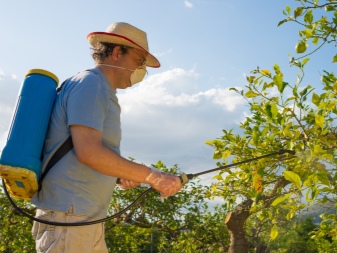
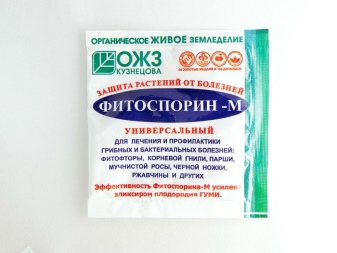
To remove scab, drugs of the following groups are most often used:
- copper-containing products - copper sulfate, Bordeaux liquid, "Abiga-Peak", "Oxyhom"
- systemic drugs - "Horus", "Embrelia", "Switch", "Topaz";
- biological product - "Fitosporin-M";
- other means - inkstone.
In opposition to scab, mineral fertilizers can give good results. True, to get rid of the misfortune, the plant will need a truly "horse" dose. For example, you can use ammonium nitrate, potassium also helps. This treatment allows you to simultaneously protect the plant from fungus and, moreover, feed it with nitrogen.
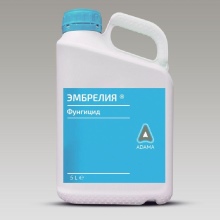
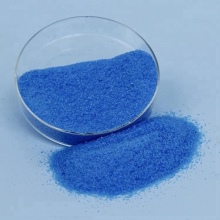
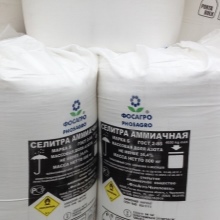
Such formulations are highly effective as a preventive measure. Usually, processing is carried out in early spring (immediately after the snow melts) or in late autumn (after leaf fall). During this period, you need to spray the apple tree with a solution in a concentration of 0.5 to 3%, in case of infection, it is increased to 10%. Urea can also help. For wood processing, a solution is prepared at the rate of 700 g of the drug per bucket of water. Usually, after such spraying, the leaves turn brown, and the fungus simply does not survive on them.
In addition to urea, you can also take:
- 5% potassium chloride;
- 7% potassium salt;
- 5% potassium sulfate.
However, it should be noted that this method is rather controversial... Despite the fact that the treatment allows you to destroy the scab, nevertheless, such large doses of feeding can have an adverse effect on the soil and its beneficial inhabitants.
Often resorting to this technique is definitely not worth it. The use of modern generation fungicides will be much more benign for the ecosystem.
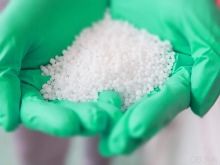

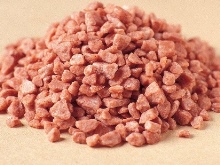
Many gardeners do not use chemicals against fungal diseases to avoid poisoning the fruit. In such situations, folk "grandmothers" means come into battle with the scab:
- table salt (1 kg per bucket of water);
- horsetail (pour fresh grass with cool water in a ratio of 1: 4, leave for 5 days);
- mustard (100 g of powder in a bucket of water);
- iodine.
A good effect is given by a bright pink solution of pharmacy potassium permanganate. After such processing, the bark may darken, but you should not worry - this will not affect either the condition of the tree or the quality of the fruit.
However, despite all the environmental friendliness and safety of folk methods, it should be noted that they are ineffective and in the overwhelming majority of cases absolutely do not cope with the task of removing scab.
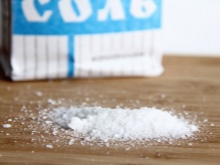
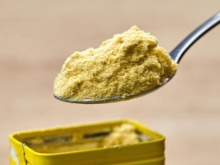
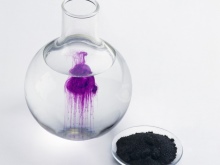
How to deal with the disease correctly?
The specificity of the treatment of scab on garden trees depends on the season.
In the spring
Spring events give the maximum result in the fight against a dangerous fungus. Usually they are started immediately after the snow melts and carried out until the buds swell and the sap flow begins. If mummified fruits and leaves have been preserved on the tree since autumn, they must be removed and carefully destroyed. At this stage, shaping crown pruning should be carried out: all branches that grow inward and thicken the tree are cut off.
In early April, they are sprayed with strong fungicides. DNOC is used once every three years, in other years Nitrofen is used. Immediately before flowering, it is worth treating the apple tree with compounds against fungal spores: "Horus", "Hom", "Skor", "Abiga-Peak" and others. Immediately after the end of flowering, repeat the treatment with the same agent. Such measures will allow you to get rid of the pathogen of the fungus and prevent its appearance in the spring.
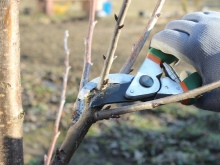
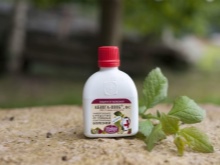
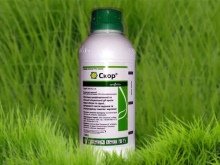
Summer
In June and July, you don't need to do anything specifically - just watch the tree. In the summer, you need to take any measures only in case of signs of illness, when you notice leaves or fruits affected by an infection. In this case, you should inspect the tree as closely as possible, cut and burn all damaged fragments. To prevent the spread of infection, the remaining shoots are sprayed with Astra B, Strobi.
This treatment is repeated three times at intervals of once a week. Then, up to the moment of harvesting, every 14 days, spraying with the biofungicide "Fitosporin-M" is carried out. A good effect is given by the parallel use of milk whey. Lactic acid bacteria feed on scab pathogens, therefore, their population is sharply reduced.
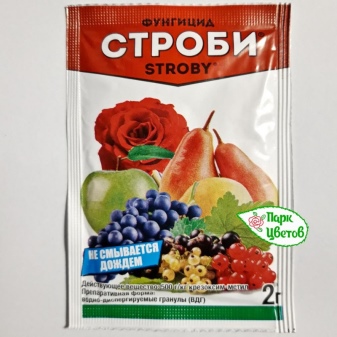

In autumn
In autumn, preventive measures play an important role in the fight against scab and other infections. Immediately after the completion of fruiting and leaf fall, it is necessary to collect all litter and weeds - it is best to burn them, and add the resulting ash to the ground during digging as fertilizer... They also do the same with mummified fruits left on the tree after the sap flow is completed.
Shortly before the onset of cold weather, remove all dry, damaged and diseased shoots. They also clean the bark from roughness, in which fungus spores are arranged for wintering, it is advisable to use a wire brush for this. The soil in the near-trunk circles is carefully dug and spilled with a solution of Bordeaux liquid or copper sulfate. The trunk and skeletal branches are covered with slaked lime with the addition of PVA glue and any chlorine-containing agent.
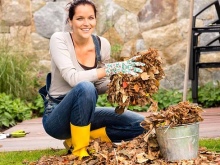
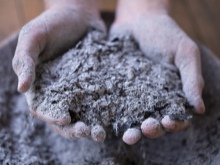
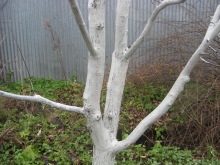
Prevention measures
Everyone knows that it is easier to prevent a disease than to cure it. In horticulture, this rule works 100%. That is why maximum attention should be paid to preventive measures. When planting fruit trees, it is necessary to maintain a distance between the plants of at least 2-3 m. If the apple trees grow too close to each other, then the spread of infection will occur rapidly. It is better to give preference to varieties that are resistant to scab. This is especially true when it comes to regions with a humid climate.
The crown must be trimmed from time to time to prevent excessive thickening. Annual sanitary pruning is also important to destroy infected branches. In autumn, the ground in the trunk circle must be dug up, and all plant residues must be burned.
Do not put in a compost pit, as this will lead to increased spread of fungal spores. A special role is played by preventive spraying with fungicides in the spring and autumn periods.
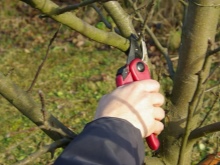
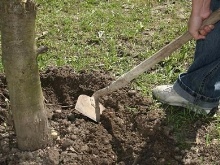
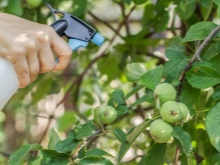
Resistant varieties
Special genes are responsible for the resistance of the apple culture to scab, which ensure the plant's immunity to all types of fungal diseases.... To date, about 20 species of apple trees have been bred, adapted to scab and adapted to the natural and climatic conditions of the Moscow region, Central Russia and regions of the north-west of our country. All these varieties of apple trees can have different ripening dates: summer, autumn and even winter. They are distinguished by high keeping quality and exceptional taste characteristics of the fruit.
- "Apple Spas" - a summer high-yielding early-growing variety. The fruits are large, the skin is yellowish-green with raspberry stripes. The pulp is crispy, juicy, moderately firm.
- "Maslovskoe" - summer early-growing variety with large apples. The pulp is juicy, sweet and sour. It has a high concentration of vitamin C.
- "Sun" - late-ripening apple tree with medium-sized fruits. At the stage of technical maturity, the skin is greenish-yellow with a raspberry blush; by the time of consumer ripeness, the color becomes predominantly light yellow. The pulp is white, fine-grained, juicy.
- "Imrus" - a high-yielding winter early-growing variety. Medium sized apples. The skin is greenish, with bright red strokes. The pulp is creamy, sour-sweet, fragrant.
- Bolotovskoe - winter high-yielding variety. The fruits are distinguished by exceptional marketability and are often grown for sale. The pulp is juicy, dense, the taste is sweet and sour. The peel is yellowish green, with red specks.
- "Rozhdestvenskoe" Is a high-yielding winter variety. The fruit is medium in size, the skin is greenish with cherry dots and a red blush. The pulp is white, the taste is sweet and sour, with a subtle aroma.
- "Freshness" - a productive late winter variety. Medium-sized apples, greenish-yellow skin with red, white stripes. The pulp is fine-grained, very juicy, with a pronounced aroma.
Growing apple trees that are immune to scab is more economical. This prevents the spread of the fungus and thus reduces the cost of treating trees. With proper care, you can always count on a large harvest of organic, juicy and tasty apples.
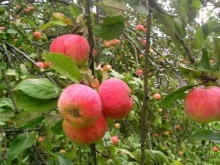
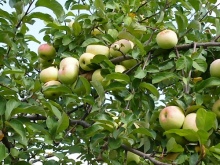
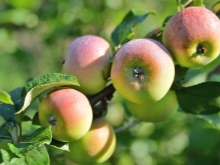







The comment was sent successfully.